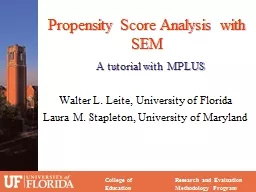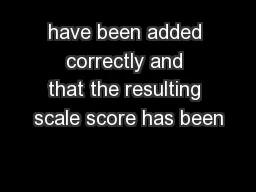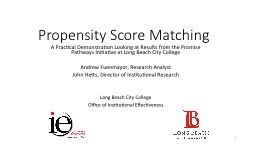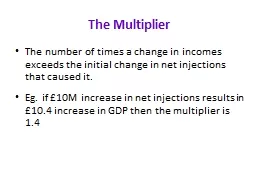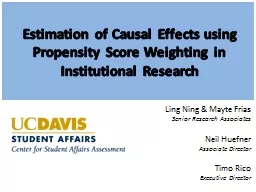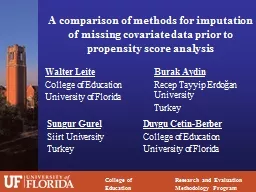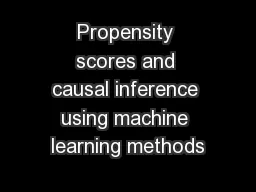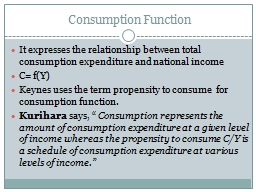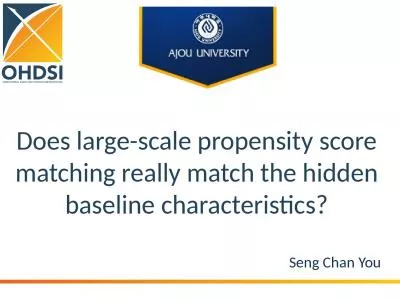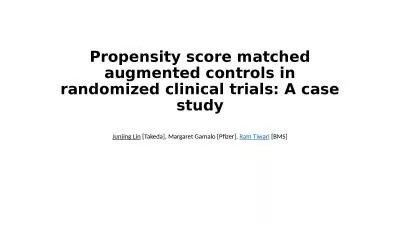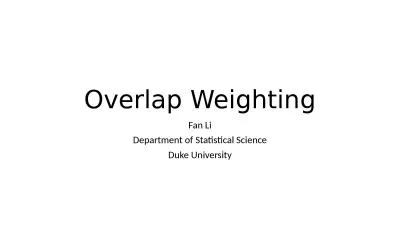PPT-Propensity Score Analysis with SEM
Author : phoebe-click | Published Date : 2017-06-02
A tutorial with MPLUS Walter L Leite University of Florida Laura M Stapleton University of Maryland Learning Objectives Describe quasiexperimental research designs
Presentation Embed Code
Download Presentation
Download Presentation The PPT/PDF document "Propensity Score Analysis with SEM" is the property of its rightful owner. Permission is granted to download and print the materials on this website for personal, non-commercial use only, and to display it on your personal computer provided you do not modify the materials and that you retain all copyright notices contained in the materials. By downloading content from our website, you accept the terms of this agreement.
Propensity Score Analysis with SEM: Transcript
Download Rules Of Document
"Propensity Score Analysis with SEM"The content belongs to its owner. You may download and print it for personal use, without modification, and keep all copyright notices. By downloading, you agree to these terms.
Related Documents

